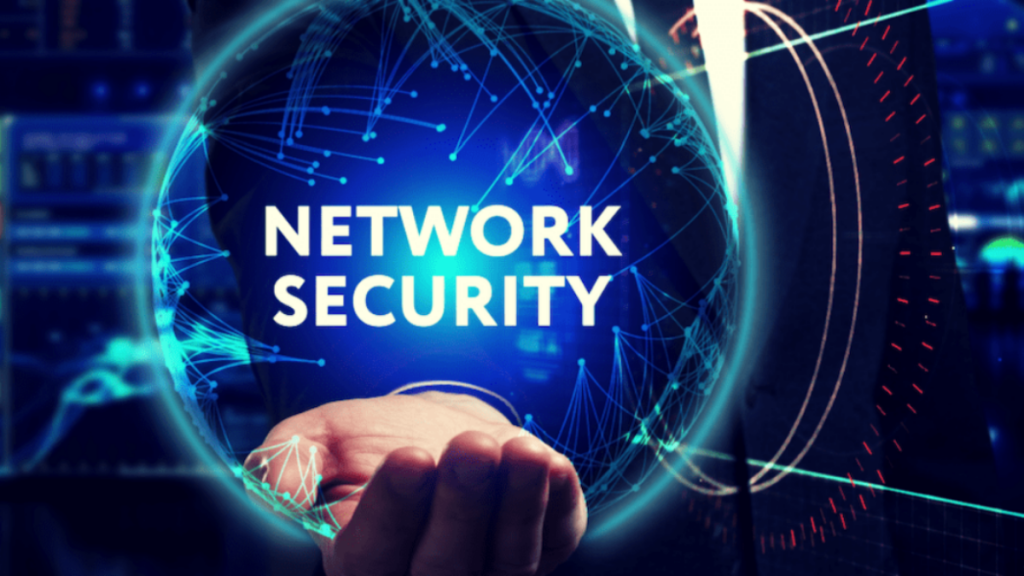As we navigate the digital age, the importance of robust network security cannot be overstated. In 2024, communication service providers (CSPs) and enterprises are facing an ever-changing landscape of cyber threats, driven by the increasing complexity of networks, the rise of remote work, and the sophistication of malicious actors. To stay ahead of the curve, these organizations are embracing cutting-edge network security services and strategies that prioritize resilience, agility, and proactive defense.
Embracing the Cloud Securely
The migration to cloud computing has been a game-changer for businesses, offering scalability, flexibility, and cost-efficiency. However, this transition has also introduced new security challenges. In 2024, CSPs and enterprises are turning to cloud-native security platforms (CNAPPs) that integrate various security functions into a unified, cloud-based solution. These platforms provide comprehensive visibility and control over cloud environments, enabling organizations to monitor and secure their cloud infrastructure, applications, and data seamlessly.
Moreover, the Secure Access Service Edge (SASE) architecture, which combines network and security services into a cloud-delivered model, is gaining traction as a secure and efficient solution for remote access. By leveraging SASE, organizations can ensure secure connectivity for their distributed workforce while maintaining high performance and minimizing the risk of data breaches.
Adopting a Zero Trust Mindset
Traditional perimeter-based security models are no longer sufficient in the face of distributed networks and remote workforces. In response, organizations are embracing the Zero Trust security model, which assumes no implicit trust and requires continuous verification of users, devices, and applications. This approach eliminates the concept of a trusted internal network, ensuring that every access request is scrutinized and validated before granting access.
Complementing the Zero Trust model is the Cybersecurity Mesh Architecture (CSMA), which secures each device independently with its own perimeter. This decentralized and more resilient security approach provides an additional layer of protection, ensuring that a breach in one part of the network does not compromise the entire system.
Automating Security with DevSecOps
In the fast-paced world of software development and deployment, organizations are recognizing the importance of integrating security into the entire software development lifecycle. This approach, known as DevSecOps, involves automating security processes and incorporating security testing, monitoring, and remediation into the continuous integration and delivery (CI/CD) pipeline.
By adopting DevSecOps practices, CSPs and enterprises can ensure secure code and infrastructure from the ground up, reducing the risk of vulnerabilities and minimizing the time and effort required for manual security testing and remediation. Automated security tools and platforms are becoming essential for organizations to keep pace with the rapid pace of software development while maintaining a high level of security.
Leveraging Network Analytics and Threat Intelligence
The growing volume and complexity of network data present both challenges and opportunities for CSPs and enterprises. To effectively detect and respond to threats, organizations are investing in advanced network analytics solutions that leverage machine learning and artificial intelligence. These solutions can derive actionable insights from vast amounts of data, enabling organizations to identify and mitigate potential threats proactively.
Additionally, threat intelligence services that provide real-time information on emerging threats, vulnerabilities, and attack vectors are becoming increasingly valuable. By staying informed about the latest cyber threats and trends, organizations can implement targeted security measures and stay one step ahead of malicious actors.
In the ever-evolving landscape of network security, CSPs and enterprises must remain vigilant and adaptable. By embracing these trends and strategies, organizations can fortify their defenses, protect sensitive data, maintain business continuity, and ensure compliance with regulatory requirements. As we move further into 2024 and beyond, network security will continue to be a critical priority, driving innovation and shaping the digital landscape for years to come.




